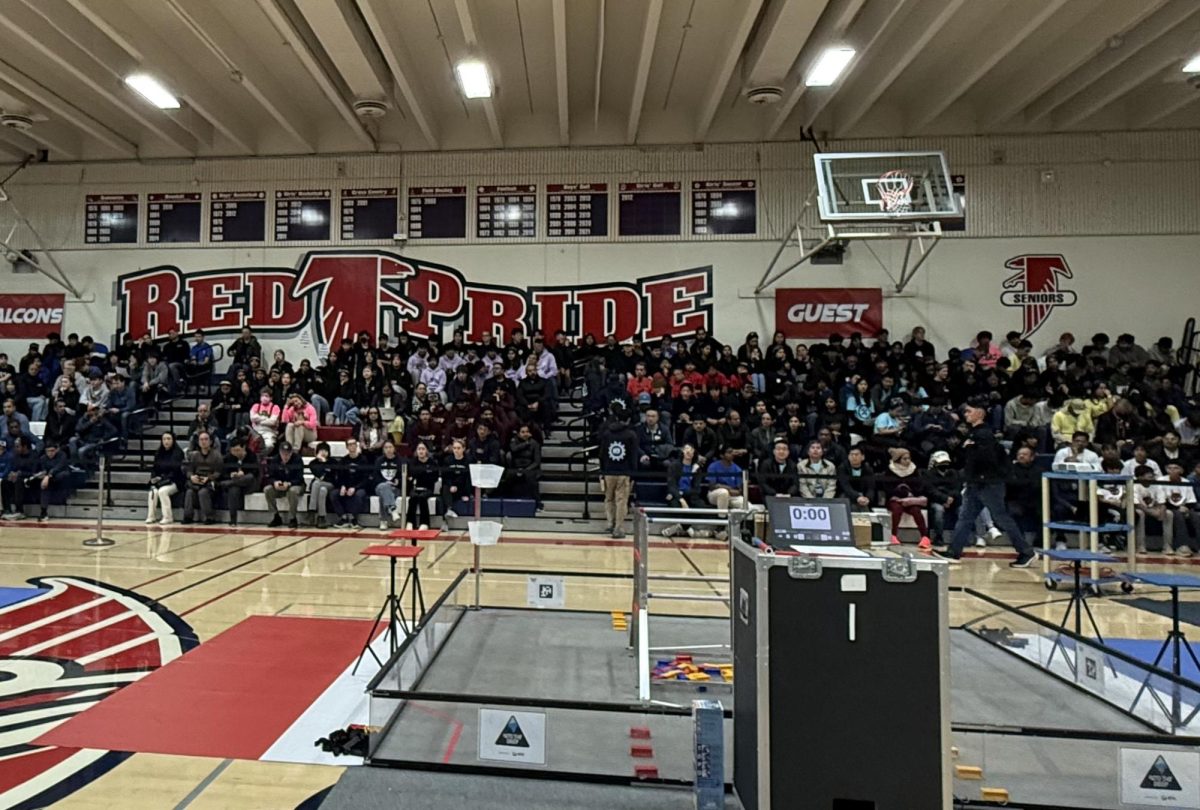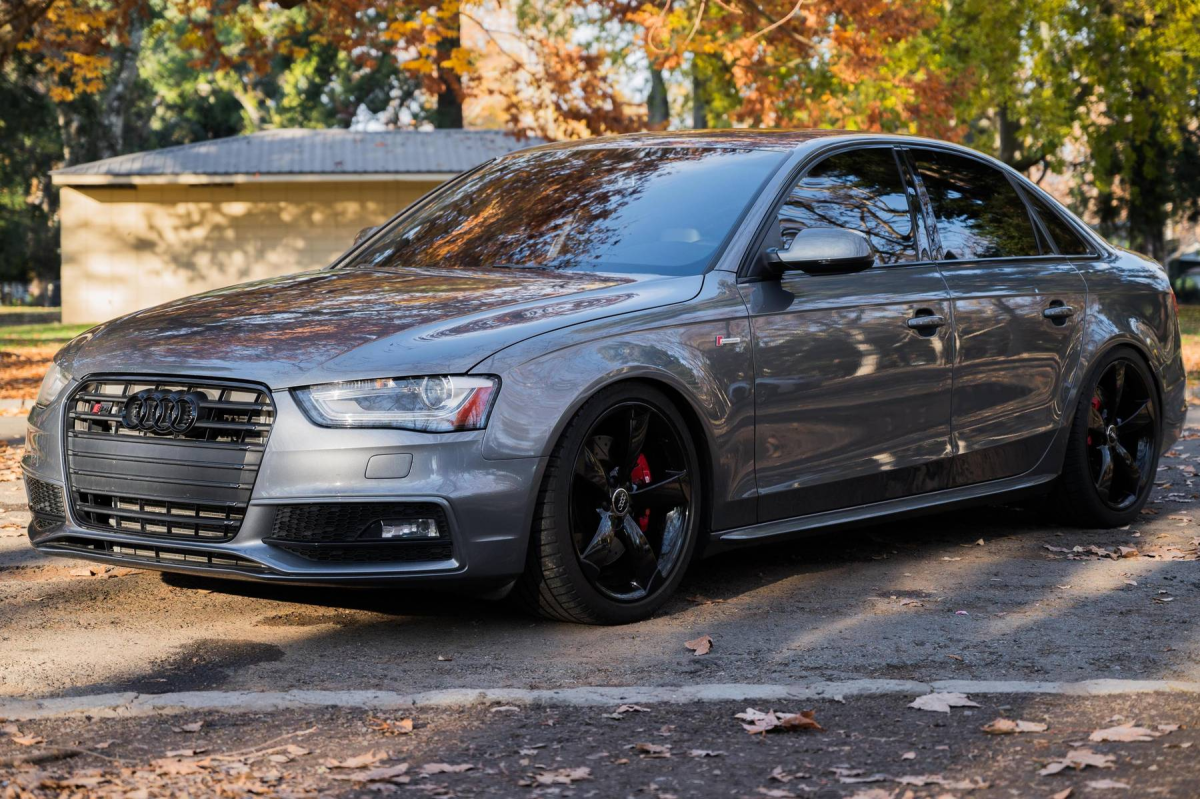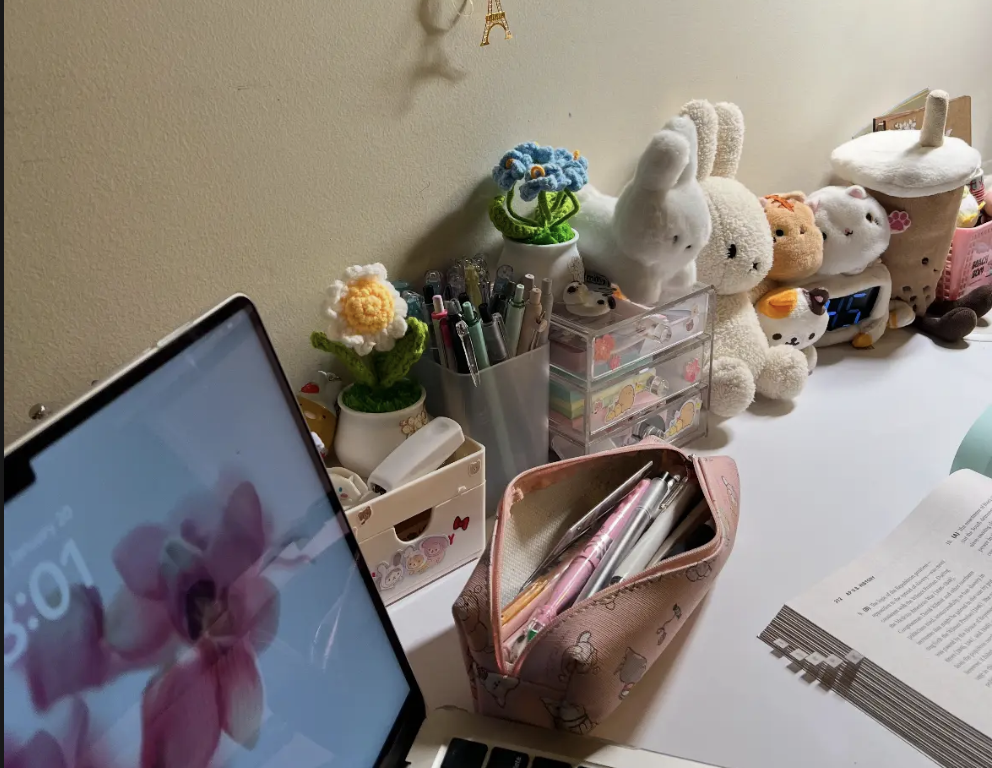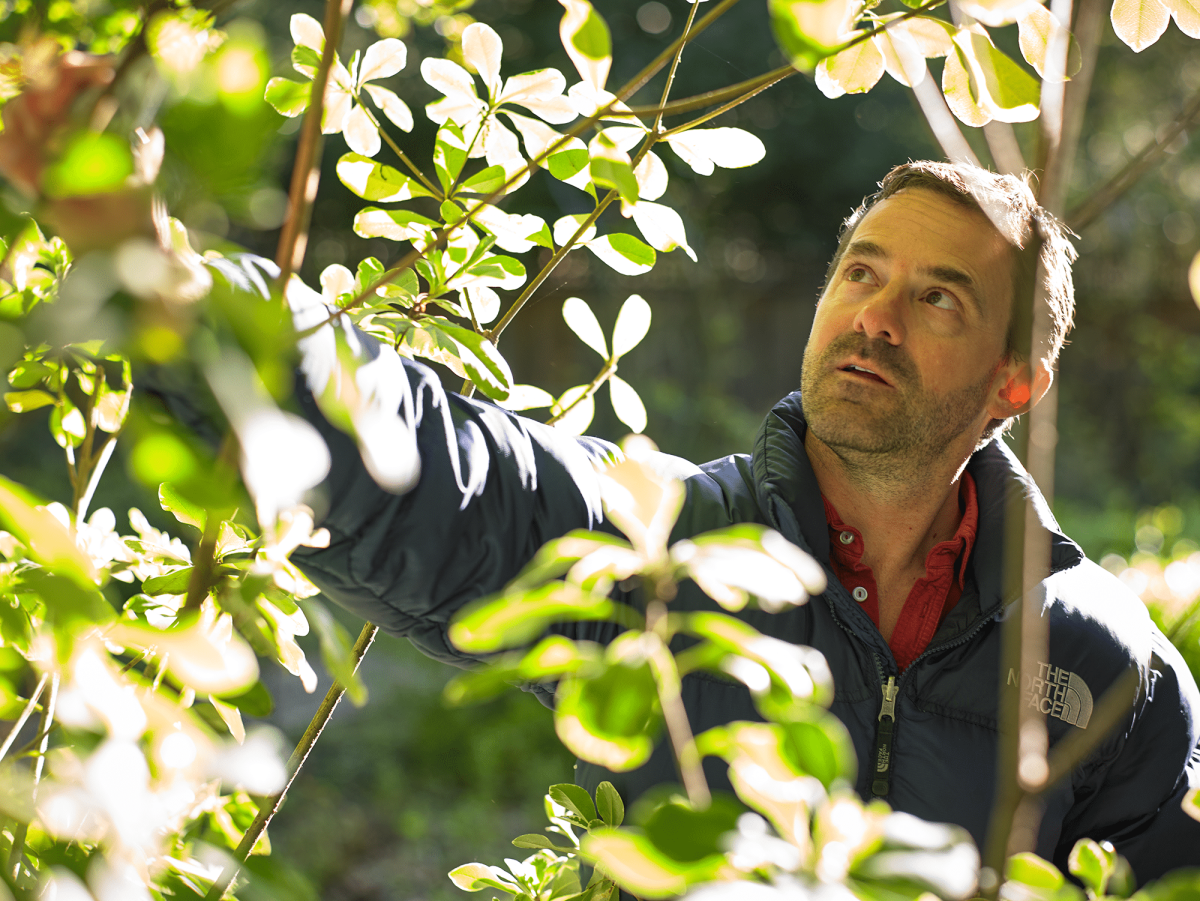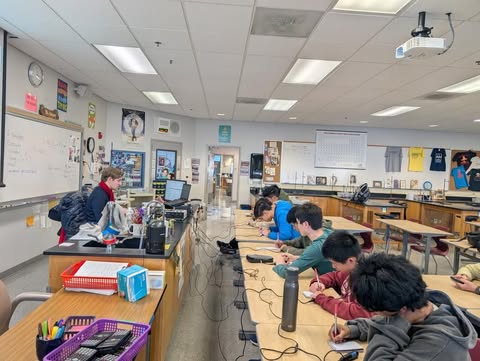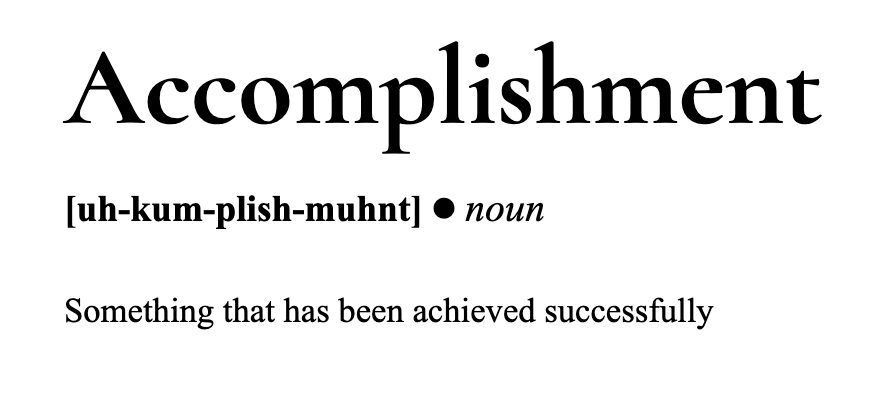Opening the hood of a 2015 Audi B8 S4 he recently purchased, junior Adit Sharma looks inside to analyze what parts to fix. After flipping through his car restoration book, Sharma pinpoints the steps and tools needed and begins working on fixing the problems he has diagnosed.
Sharma has been fixing cars for half a year now, which started when he and his cousin were looking to purchase a car and found a deal on a 1973 Jaguar Type B.
Sharma begins by buying cars from many different auction websites, all sourced from classic.com. Looking for used cars that will appreciate in value, Sharma buys cars that have minimal to no structural damage. After fixing any minor damage — usually minor collisions, engine problems or electrical problems — he puts the car up for sale at a fixed price and waits until someone buys it.
“Classic lets me sort by market to see what cars are currently appreciating in value,” Sharma said. “It’s kinda like stocks; you figure out what car is going to appreciate by the time you can get the car fixed, and then you figure out if this car is worth it to buy and how much it takes to fix it. Also, by getting cars with minor accidents, [the future potential damages to the car become the buyer’s responsibility] if anything happens.”
So far, Sharma has fixed eight cars and hasn’t found any major difficulties with his hobby. He believes that the largest challenge is finding a good deal on a car.
Before fixing cars, Sharma bought a book called “Collector Car Restoration Bible” that explained all the steps of the process. Depending on the type of damage, the amount of time and tools required can vary.
For high performance cars like the Audi, Sharma often adds modifications at the end.
Sharma said, “I do all kinds of mods. Right now, I have an Audi B8 S4 that I supercharged and am going to put a turbo kit on it. I also changed out body panels to carbon fiber for cars that are made for a track or speed.”
For cars that have been in accidents, Sharma simply replaces the damaged body panels. If there is an engine-based problem, Sharma first removes the engine from the car to determine the source of the malfunction, and then replaces whatever part was broken.
When buying parts, Sharma notes that buying them firsthand is typically more expensive, so he sources them from other companies that sell them.
“Most car companies buy from other dealers,” Sharma said. “The Jaguar had parts from dealers like Mercedes, BMW and a bunch of other companies, so you can buy parts from other companies cheaper even though it’s the exact same one.”
After buying the car, Sharma brings it to a storage facility that his dad owns in San Jose. He keeps the car, tools and parts there, where he works on the car until it is finished and then sells it. Depending on the amount of school work he has, it typically takes him between one and three weeks to finish fixing a car.
Once it is finished, Sharma puts the car up on an auction website like CarFax and sets a fixed price so people can’t bid on it. Sharma then sends the car off to an arbitrary middleman who inspects the car and sells it with a small commission fee, leaving a profit for Sharma.
Sharma sets the price of his cars by checking their market value on classics.com. Taking into consideration that the cars he buys are second-hand cars, he aims to go slightly below the market, but at a reasonable price where he still makes a profit.
“I’ve made a profit on all of them,” he said. “I started really small and bought cars for two to three grand and then seven grand, and then I started going bigger. It goes in a range; the most I’ve ever bought a car for is 21 grand because I started making a profit after the first few cars.”
Since Sharma looks for cars with minor damage to fix, the types of cars vary from a compact MX-5 Mazda to a sporty 1996 Ford Mustang. His sports car took him the longest to sell, as he had to wait five weeks before a buyer took the deal.
“I’ve always been a motor head,” Sharma said. “My favorite part of fixing a car is figuring out what the problem is. It can be hard, but exploring a different car every single time to figure out what is broken and how I could possibly fix it at a cheap price is something I find fun.”



